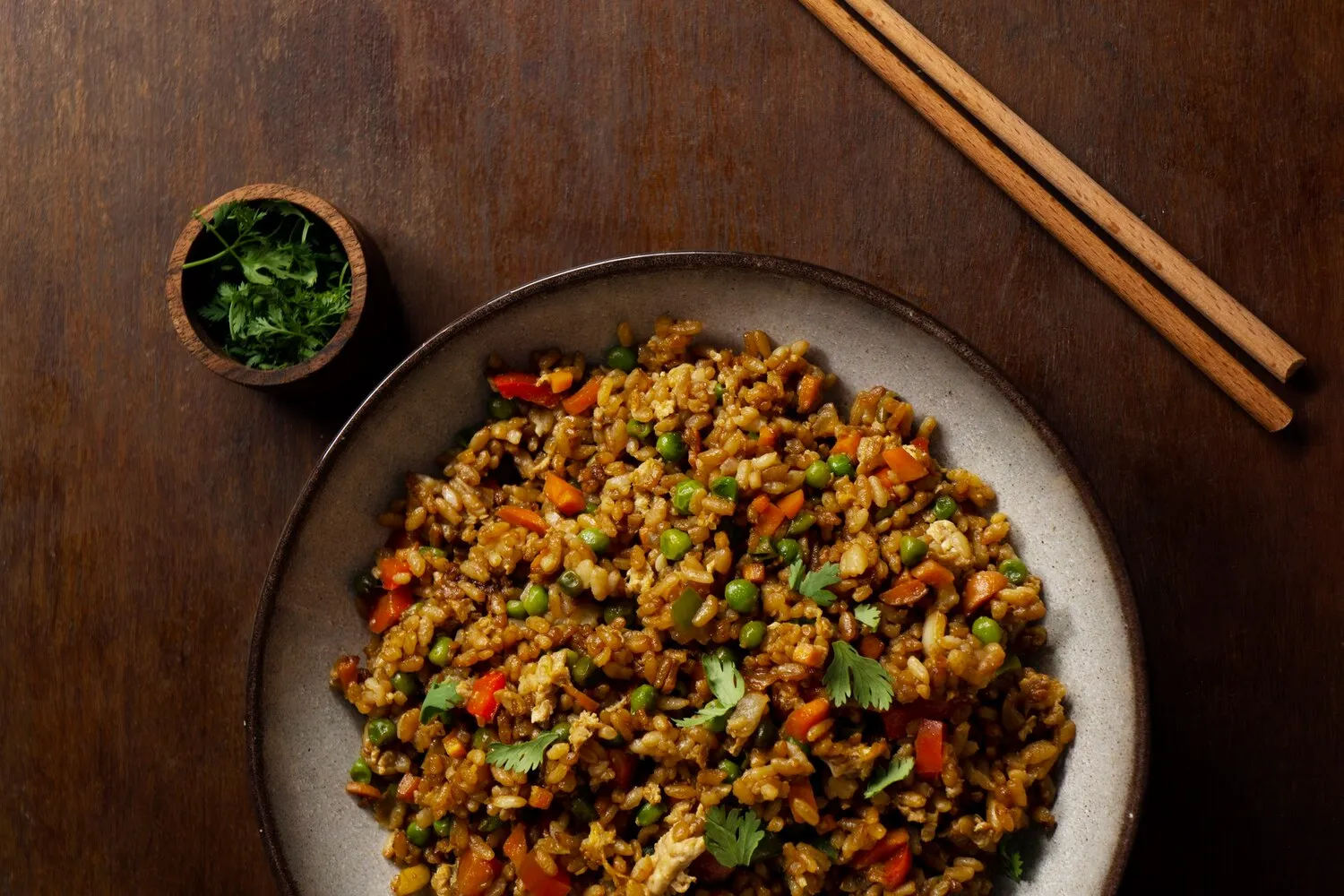
Loempia
Traditional Vietnamese fried spring roll. Often served with a sweet chili sauce.
Nutrition Facts
* The % Daily Value (DV) tells you how much a nutrient in a serving of food contributes to a daily diet. 2,000 calories a day is used for general nutrition advice.
Loempiakraam
Loempia's origins can be traced back to Chinese spring rolls (Chun Juan). The dish was brought to Indonesia by Chinese immigrants and adapted to local tastes and ingredients, resulting in a distinct Indonesian version. The name 'Loempia' itself is believed to be derived from the Hokkien Chinese pronunciation of 'Runbing' (潤餅), referring to a similar type of spring roll.
Loempia holds a significant place in Indonesian cuisine, often served as a popular snack, appetizer, or even a light meal. It's a common sight at street food stalls, restaurants, and family gatherings, reflecting its widespread appeal and cultural relevance.
Celebrations and Gatherings
Loempia is frequently served during festive occasions and family celebrations like Lebaran (Eid al-Fitr) and Chinese New Year, symbolizing good fortune and prosperity.
Regional Variations
Different regions in Indonesia have their own unique variations of loempia. For example, Loempia Semarang from Semarang city is famous for its filling that includes bamboo shoots, shrimp, and chicken, served with a sweet and savory sauce.
Street Food Staple
Loempia is a very popular street food in Indonesia. You can find vendors selling freshly made loempia in bustling markets and street corners all over the country.
Loempia boasts a savory and umami-rich flavor profile, often balanced with a subtle sweetness and a satisfyingly crispy texture.
The primary flavors come from the filling, which typically includes a mix of shredded vegetables like cabbage, carrots, and bamboo shoots. Protein sources such as shredded chicken, shrimp, or pork add depth and richness. Seasonings like soy sauce, garlic, ginger, and sometimes sweet soy sauce (kecap manis) contribute to the umami and savory notes. The thin, crispy wrapper provides a contrasting texture that enhances the overall taste experience. Dipping sauces, such as peanut sauce or sweet chili sauce, further complement the flavors.
Wrapper Crispness
Ensure the wrapper is thin and dry before frying to achieve maximum crispness. Fry at the right temperature (around 175°C/350°F) to prevent the loempia from becoming oily.
Filling Preparation
Pre-cook the filling ingredients slightly to reduce moisture and prevent the wrapper from becoming soggy. Squeeze out any excess liquid from the shredded vegetables before wrapping.
Sealing the Loempia
Use a mixture of flour and water or beaten egg to seal the edges of the wrapper tightly, preventing the filling from escaping during frying.
Dipping Sauce
The dipping sauce is key to enhancing the flavor of the loempia. Offer a variety of options, such as peanut sauce, sweet chili sauce, or a combination of soy sauce, vinegar, and chili.
Explore additional Street food dishes and restaurants
Explore Street foodDiscover top dining spots and culinary experiences in Heerlen.
Explore HeerlenLearn more about the food culture, restaurant scene, and culinary heritage of Netherlands.
Explore Netherlands
